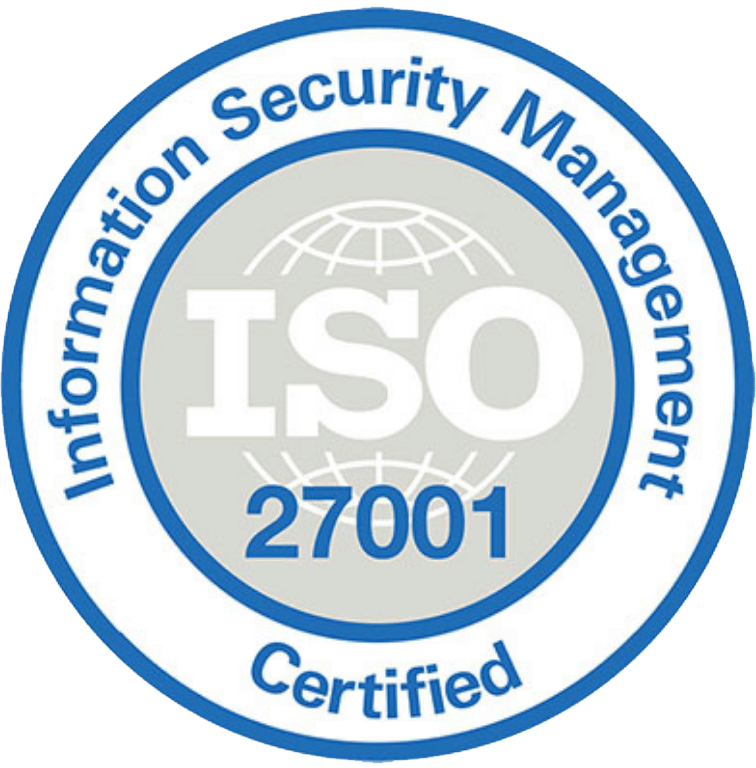Of course, we were there because we’re interested in condition monitoring — and we quickly found a community of attendees who share our obsession with protecting their companies’ critical assets by identifying issues in equipment before they cause unexpected downtime. Naturally, a huge piece of this conversation centers on data quality. Data quality is central to condition monitoring. The core challenge is efficiently and effectively extracting the necessary data from the asset to identify problems and allow for maximized maintenance planning and minimal disruption to your operations.
How does machine data convert into actionable insights?
As IoT technology has transformed condition monitoring, the industry has grappled with growing pains as it works to deliver on its promise: deeper, data-driven insight into machine health. The path to maturity has had its bumps. These have included integration issues with legacy technology, a sometimes-slow path to ROI for the customer relative to the setup cost, cybersecurity concerns in having every asset in a facility connected to the cloud, and a lack of universal communication and data protocols hampering interoperability between different data systems.


